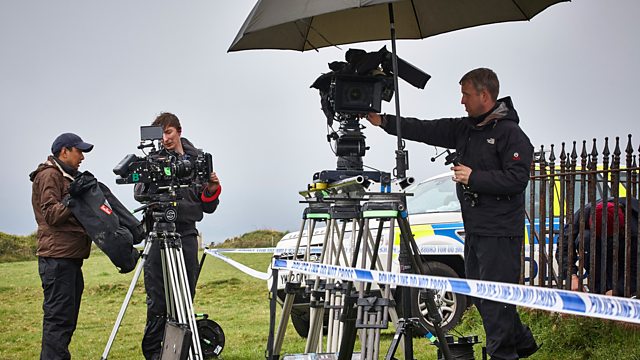4K and UHD: Why does it matter?
What are the benefits of 4K Ultra-HD to your production? We hear from experts in the 成人快手 and wider industry, including the director of 成人快手 Technology Futures Group, Mark Harrison.
It seems that the 4K and ultra-high definition revolution is just around the corner. But what will this mean for broadcasting? And is adopting 4K for your production really necessary?
In the first of two podcasts, the technology engagement officer for 成人快手 Research and Development Philippa Law speaks to Mark Harrison, director of the 成人快手 Technology Futures Group, John Heraty, a broadcast technology trainer with the 成人快手 Academy and John Kent, head of digital at Lambert productions.
Ultra HD and its close sibling 4K has eight times the resolution of SD (standard definition) and four times HD. With 3840 x 2160 pixels, UHD鈥檚 level of quality makes it very difficult for the human eye to actually make out pixels on close inspection. This development gives broadcast images a definition that comes extremely close to reality.
UHD will bring a broader range of colours. Some colours, particularly sienna and red, have tones within their spectrum that simply do not show up on current HD screens.
Some productions have already started to film in 4K for television, including natural history series like Shark and Life Story, drama such as 成人快手 One's The Coroner, rugby and football matches through BT Sport and golf through Sky. Although at present 4K isn't broadcast in the UK.
The panel answer questions on how these developments feed through to consumers, from UHD televisions to 4K on smartphones, and John Heraty talks about the differences between UHD and 4K.
John Kent gives an overview of how filming in 4K affects the television production process, going into more detail in the second of our podcasts.
Visit the 成人快手 Academy website
Find videos, articles and more to help you in your media career.
Podcast
-
![]()
The 成人快手 Academy Podcast
Essential listening for anyone working in or wanting to get into broadcast media


